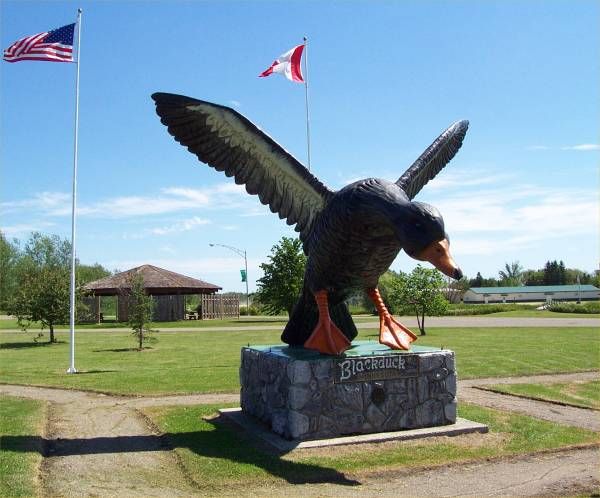Oh, and what about those "pop-up" thermometer gimmicks that come with some birds? Truth is, they have a spring contained inside a plastic tube that is secured by an epoxy glue designed to fail at 175°F and above. So, when the plastic thermometer finally pops up, it is already at too high a temperature. The "carryover" effect will take it beyond 180°F providing you remove the turkey right then! However, most people don't notice it for a while, and by the time they spot the "pop up", the turkey has been overcooked.
The trick is to use your own probe thermometer and monitor it. Stop cooking the turkey when it indicates 170°F. The carryover effect will take it up a couple of more degrees, but it should be just fine. After a short rest period, start carving and serve the danged thing!
Are you going to brine your turkey this year? This is the next best kept little secret. Shucks, just overnight in a salt brine will add so much moisture to the bird you won't believe it. Place 3/4 cup of salt and 3 tablespoons of sugar per gallon of water and make enough brine to cover the turkey. This will give you a 21°SAL solution. I just make it in a clean Coleman cooler and add half a bag of cubed ice to the solution. After six hours, I add another 1/4 cup of salt to the water and a little more ice while I agitate the turkey just a little.
If you really want to kick it up a notch, add a litre of 7-Up or Sprite to the brine. This is the third little secret. Fourteen to sixteen hours in a brine really makes a difference in the turkey. If your wife is doing the cooking, ask her to bake it to only 170°F, being sure not to go over that temperature. Your guests will rave about the moist meat and texture. Your local newspaper may turn you into some kind of culinary genius once the word gets out!
Best Wishes,
Chuckwagon





